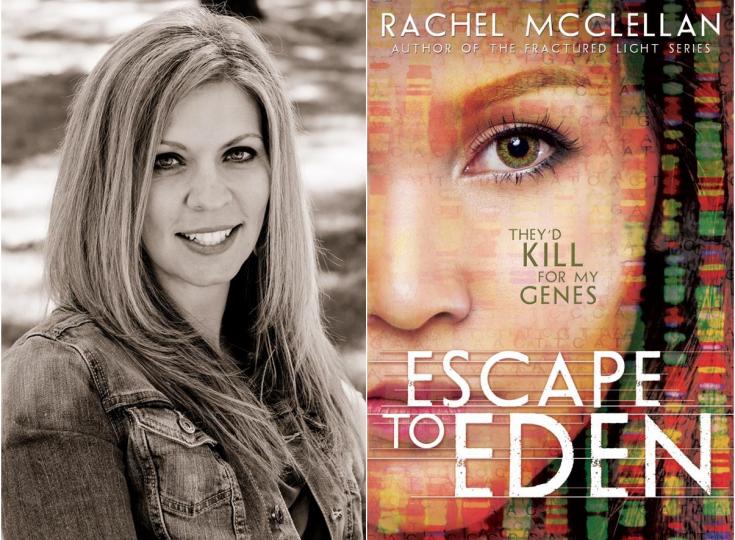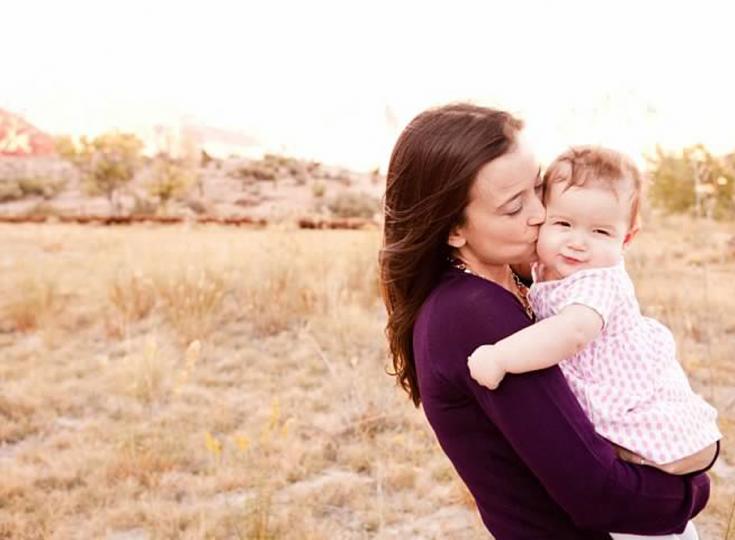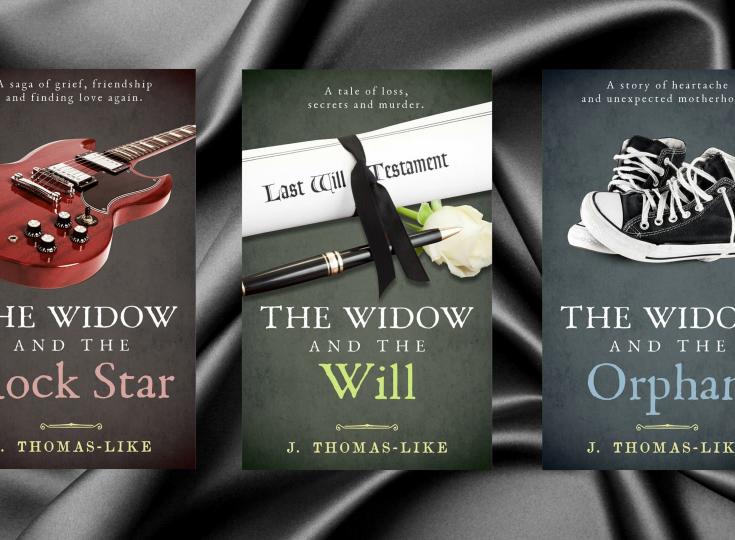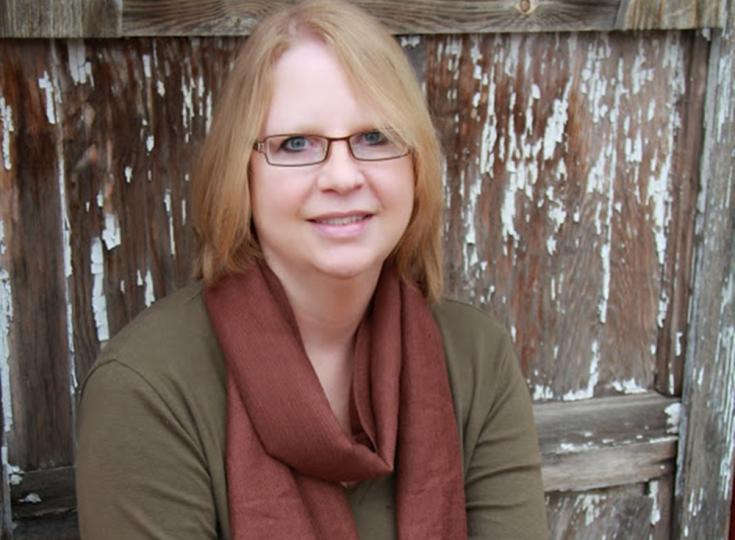Donna Fletcher Crow - History, Faith and Legends
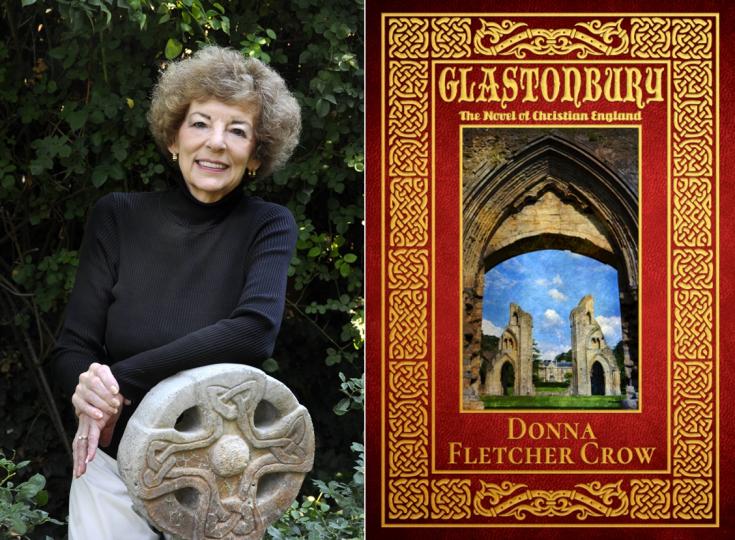
Donna Fletcher Crow is a former English teacher and a lifelong Anglophile. She is the author of 50 books, mostly novels of British history, but throughout the quarter century of its life Glastonbury has remained her most honoured work. As our author of the day, Donna tells us more about the research behind Glastonbury, her quest to figure out where the Holy Grail is and gives us a peek into the hidden message contained in the book.
Please give us a short introduction to what Glastonbury is about.
Glastonbury Abbey was, according to legend, the center from which radiated a Christian presence in England for two thousand years, a sacred site from which the faith was passed down through the generations.
The story begins with the arrival of Joseph of Arimathea and his family, bearing the most sacred relic in all Christendom, the Holy Grail; and continues to the persecutions under the Roman Empire, until that rule is ended and Patrick becomes the first Abbot of Glastonbury Abbey; the adventures of King Arthur and his knights as they fend off invading barbarians; the revival of Christianity under St. Augustine of Canterbury; the struggle to keep alive the Faith in the midst of the Viking raids; the ages of Alfred the Great and Richard the Lionheart; and ends, finally, with the terrible upheavals under Henry VIII.
Glastonbury was dissolved but its ruins still stand as a beacon of hope and destination of pilgrims down to our own time.
What inspired you to write about Glastonbury?
Since early childhood I had been fascinated with stories of King Arthur and the Holy Grail. On a research trip for another book my then-editor accompanied me on a side trip to Glastonbury. As we were leaving she read aloud from a pamphlet she had picked up at a bookstall—the story of Joseph of Arimathea coming to England after the crucifixion, bringing the Holy Grail. I laughed, then almost shouted, “What a novel that would make!” I knew I had my story.
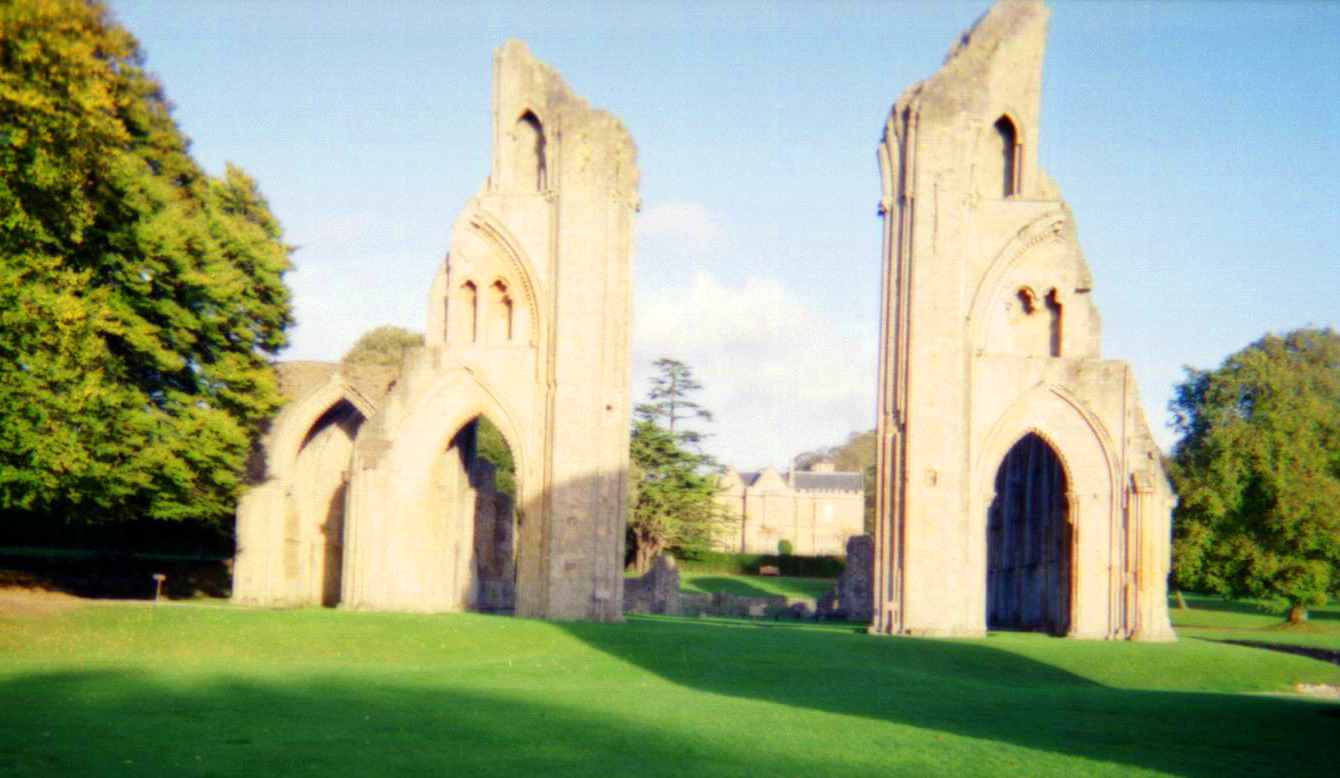
How much research did this novel require from you?
In one sense, a lifetime. I wrote my first short story in the third grade—about Sir Lancelot saving the maiden from the dragon. To me that was the only story that existed. As an English literature major and teacher King Arthur and English history have always been the subjects that inspire me. The actual research and writing of Glastonbury took me three years.
You describe life in history in great detail, yet without overwhelming the reader with too many descriptions. Was it hard to decide which details to leave out?
Oh, yes! To me there’s no such thing as “too much history.” Focusing on my characters was essential to choosing the bits of history that affected them. Of course, an editor with a good red pencil is always essential.
What was the most interesting aspect of your research?
Like Brother Austin, whose story ties the 6 sections of the novel together, my own quest moved from wondering where the grail could actually be to seeking its meaning. I thought the answer that came to me would change Arthurian scholarship—then I found that’s what the Encyclopedia Britannica says. At least I had the delight of coming to it on my own.
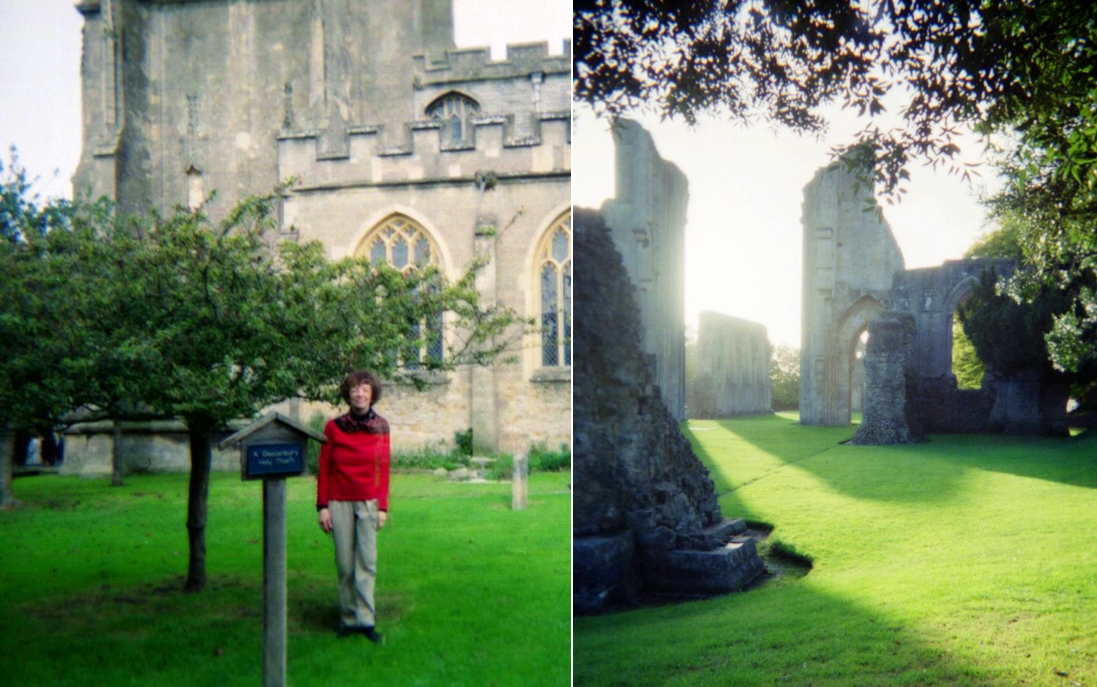
How did you manage to describe the area with so much detail?
One of my goals as a writer is always to give my reader a “you are there” experience. In order to do that I try never to write about a place I haven’t actually visited myself. As I walk over the ground my characters trod I try to put myself in their time period and pay attention to the sights, smells and sounds they would have experienced.
How much of the story is fact and how much is fiction?
As I say in the dedication: “Glastonbury, the holiest earth in England. These are the legends, this is the history that have made it so.” I suppose that’s a bit of a dodge so I don’t have to sort out which is which. But then, who could? I stayed with recorded fact as far as possible. When that ran out I asked myself, “What would be possible given what we do know about that time?” It’s a novelist’s job to fill in the gaps.
In which way is Glastonbury a story of faith?
Faith is the underlying motivator for all my characters’ actions—from the arrival of Joseph of Arimathea and his little band and their clash with the Druids; through the Roman soldiers and their Mithras worship; The Saxon devotion to the warlike Woden; Christian monks building the great monastery; and Father Whiting standing firm in the face of Henry VIII’s destructors even to death on the Tor, fervent belief drove their actions.
Does your book have an underlying message? What do you hope your readers will take away from it?
No matter how dark events around us may seem, the Light is always there. And the Light always triumphs. The best example of this is Alfred the Great in exile on the Isle of Athelnay. Only a tiny handful to stand against the overwhelming barbarian horde. And yet, they stood—and triumphed in the Battle of Ethandune. I find it very comforting to know that so many times in the past have been so much darker than our own time, and yet Right has won the day.
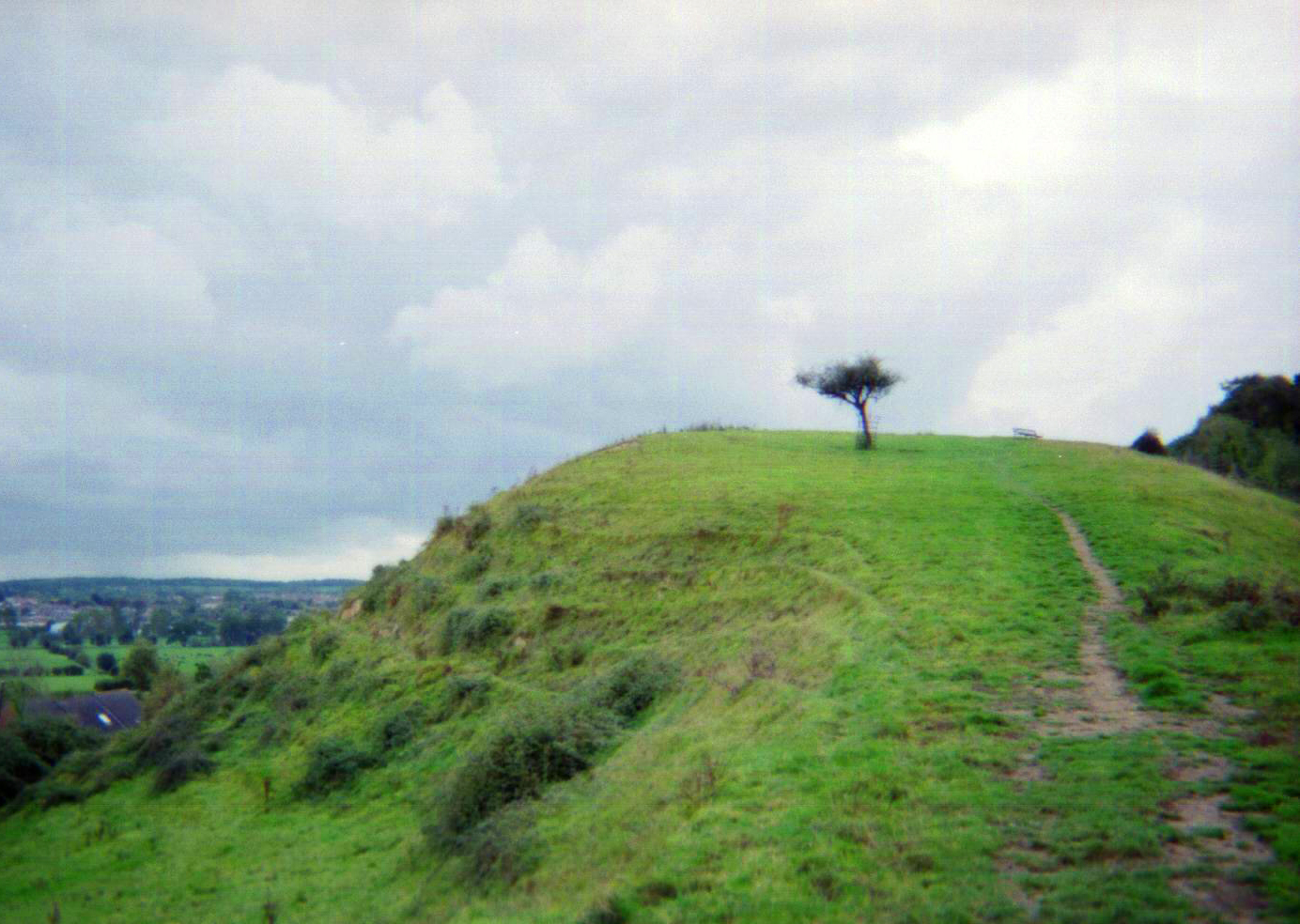
Besides writing, what other secret skills do you have?
I am an enthusiastic, if sporadic, gardener, a fanatical tea-drinker, and a devoted grandmother.
Tell us about your writing habits. Do you plot out your books?
I always have an outline before I set out on my research trips, but try to stay open to serendipities of location and what my characters want to do— although sometimes I tell them, “No.”
Do you have a favorite writing spot?
I have a wonderful, if messy, office with a paid carpet, Celtic knotwork border around my ceiling and a Fletcher plaid banner at my window— and walls plastered with covers from my books and pictures of my grandchildren.
Best time of the day for you to write?
Roughly Ten to six with time out around 3:00 for afternoon tea with my husband. My office is upstairs, his downstairs, it’s lovely to meet in the middle to share our days.
What are you working on right now?
After 40 years of writing, many of my 50 books have gone out of print. The indie publishing phenomena has opened the door for me to update and republish my entire backlist— a job I would never have embarked on if I’d known how much work it would be! I have completed the Where There is Love series, The Daughters of Courage trilogy, and The Monastery Murders. I am now working on my Victorian true-crime series Lord Danvers Investigates. When that is finished I will take a break and write a new novel— which I am itching to do!
Where can our readers discover more of your work or interact with you?
Please visit my website http://www.donnafletchercrow.com/ to read about all my books and see pictures from my research trips and garden. You can sign up for my newsletter here: http://www.donnafletchercrow.com/subscribe.php and follow me on Facebook here: https://www.facebook.com/Donna-Fletcher-Crow-Novelist-of-British-History-355123098656/
